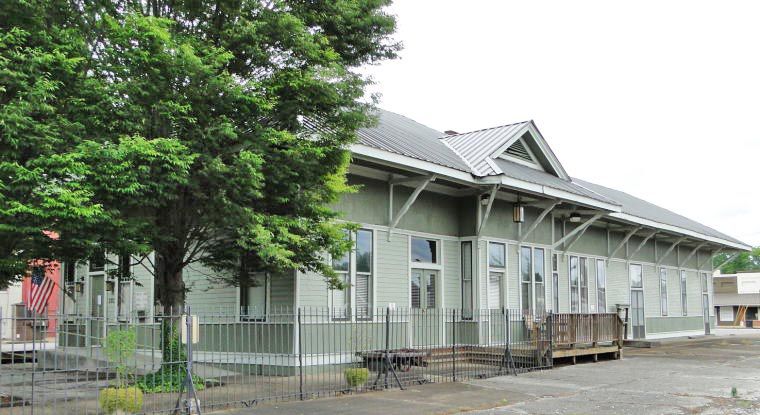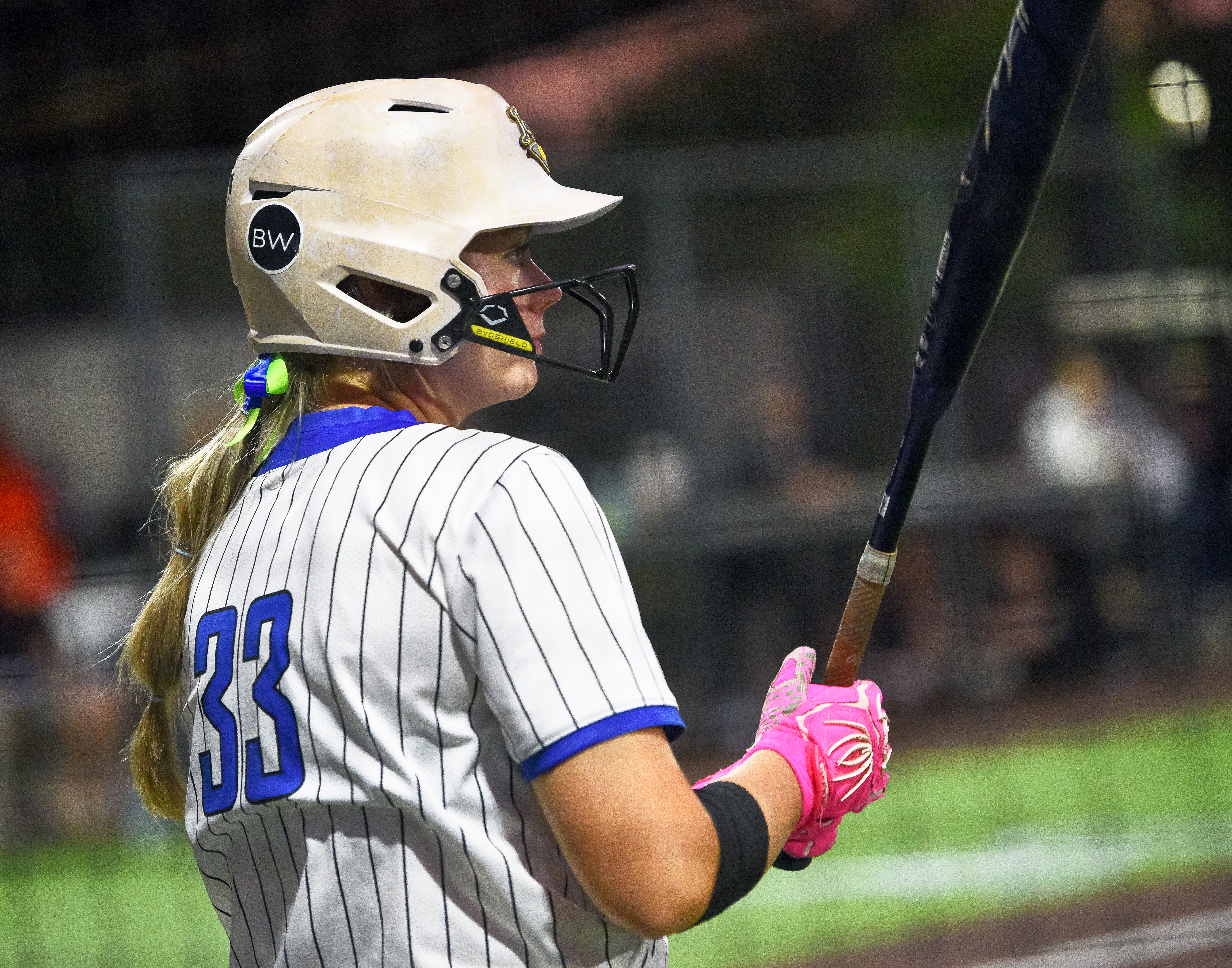ONE GARDENER TO ANOTHER: Keeping tomato plants thriving during the growing season
Published 7:00 am Monday, June 21, 2021
Like most avid gardeners, I have a lot of plants both in the garden and my home. I know you’re not supposed to play favorites, but this is the time of year that I favor the tomato plants above all others.
I start the tomatoes from seed in January and dote over them until they are ready to move outside into the elements. They are my babies, and it breaks my heart to see them in need, so I make sure to provide everything they need to survive and succeed. Kind of like when I send my child back to college and he gets doted on even more than the plants.
This week, we are going to look at abiotic factors that can affect tomato plants. Abiotic diseases are caused by non-living factors, such as nutrient and moisture deficiencies or excesses, high or low pH soils, misapplication of fertilizer or pesticide and air pollution.
A soil test before planting is the best measure in making sure your soil has the necessary nutrients at the start, but tomatoes are fairly heavy feeders. It may be necessary to fertilize the soil during the growing season with a method called side dressing. This can be done at the first fruit set and again approximately every 6 to 8 weeks.
As much as under-fertilization causes plants to grow poorly, over-fertilization causes plant foliage to grow excessively, reducing yields and quality.
The numerical formula that appears on bags of fertilizer refers to the percentage of the three macro-nutrients in that product. A box that read 4-6-3, for instance, contains 4% nitrogen, 6% phosphorus and 3% potassium.
Nitrogen is the nutrient responsible for nourishing the foliage, phosphorus promotes the growth of flowers and fruits, and potassium builds strong stem and roots systems.
How to side-dress
For the backyard gardener with a few tomato plants, apply fertilizer around the base of each plant. Dig a shallow, 1-inch deep ring around each plant, approximately 3 to 4 inches from the base of the stem, or if you have many rows of tomatoes, dig a shallow trench between rows about 5 inches from the plant stems.
Carefully sprinkle the fertilizer into the trench and cover with soil, making sure not to get any on the leaves. Don’t apply the material too close to the plant or too deep, because it can burn the plant’s roots.
Blossom end rot
Blossom end rot, which is caused by a calcium deficiency, is common and treatable. The deficiency can be intensified by over-fertilization, infrequent watering and an incorrect soil pH. If using fertilizer geared toward tomatoes, chances are the mix will contain calcium and will be listed in the ingredients on the packaging. Treating for BER begins with a soil test and adding lime if necessary.
The next steps are to mulch plants, which will help moderate soil moisture, and begin watering on a schedule. You can’t control the rain, but you can control when you water.
Proper watering
While going through the Master Gardener Program, we were introduced to abiotic diseases. Two slides caught my attention. One was a lawn with big wide green stripes all over it, because the person applying fertilizer didn’t do a really good job of spreading it evenly. The other was a sad plant with wilting, yellow leaves because an overzealous gardener drowned the poor thing.
It was in that moment that I realized abiotic factors could mean human error-induced.
So, how much water should we give our tomato plants? Surprisingly, less than you may think — or, more accurately, less often than you may think. I was always the gal that gave her tomato plants just a little sip every morning. Well, that’s not right, because it can cause shallow root systems, and we want deep roots.
Check the soil first. If the soil is wet to 3 inches deep, delay watering for another day. One inch of water per week is sufficient if the plants are mulched. The goal is to water less often but for a longer duration. This will help develop a deep root system which will reduce plant stress during prolonged periods when the weather is hot and dry. Ideally, water tomatoes at ground level, around the base of the plant. This will help prevent sunscald on leaves and fruit.
Tomatoes, just like humans, need food, water and a little love. Until next week, happy gardening.
— Irland, a member of the Limestone County Master Gardeners, can be reached at kippirland@hotmail.com. Visit https://mg.aces.edu/limestone for more information on the Limestone County Master Gardeners.





